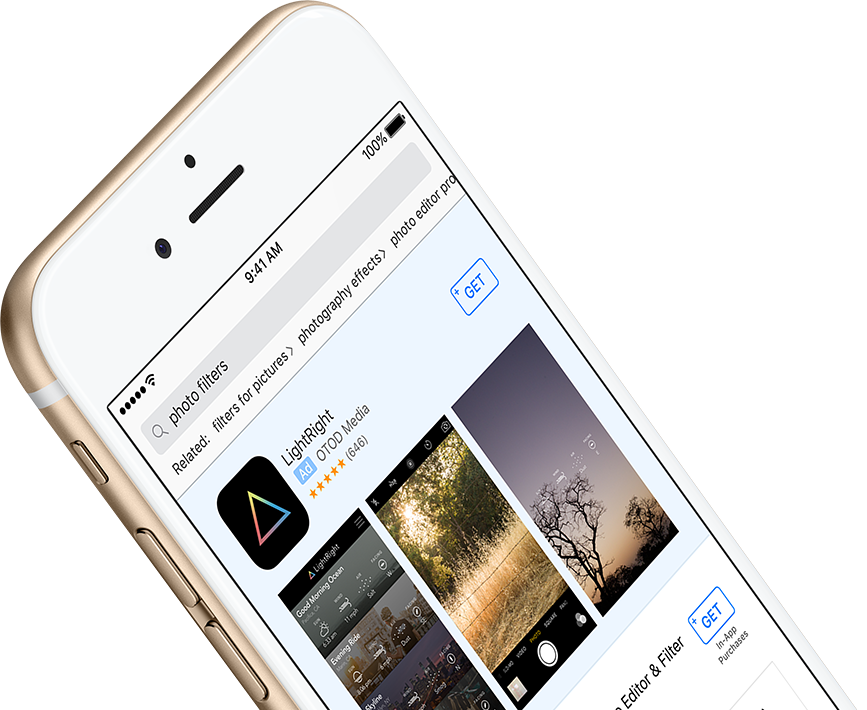Apple has argued that its new App Store rules, which extend subscriptions to literally every app category, would help create a new business model in which people would warm up to the idea of subscribing to apps rather than paying for them upfront.
I’m not so sure that subscriptions are the right answer to what the market is calling “app fatigue”, but I can tell you right now that I’d rather continue paying upfront for fine, quality apps than use them on a subscription basis, here’s why.
In-App Subscription eligibility
As Apple stated itself, the subscription business model is not appropriate for every app. Specifically, apps that will be eligible to offer In-App Purchases for auto-renewable subscriptions must offer services or content:
- Content—Provide paid access to content that is updated or delivered on a regular basis, such as newspapers, educational courses, or audio or video libraries.
- Services—Provide paid access to an ongoing service within your app, such as cloud storage or massive multiplayer online games (MMOGs).
Apps must provide “ongoing value worth the recurring payment for an auto-renewable subscription to make sense”. According to the company, many enterprise apps that require “a lot of maintenance of new features and versions” are a good fit.
Following Apple’s App Store announcement yesterday, many developers initially expressed sentiment toward trying out the subscription model even though Apple will screen subscription apps.
The problem with apps as subscriptions
From Apple’s wording, it is perfectly clear that not every app will be allowed to use subscriptions. Subscriptions don’t seem to really solve the upgrade pricing problem because you’re essentially always paying for the upgrade. The problem is, when your subscription ends or you cancel it, the app may stop working for you altogether.
I’d probably be fine with a subscription model, if they degraded nicely. Stop paying, app still works but no more upgrades. That seems fair.
— Paul Haddad (@tapbot_paul) June 8, 2016
Denys Zhadanov, VP of Marketing at Readdle, says there’s a very clear bias against renting software among people, especially in consumer space.
“For example, photo editing app will have a hard time charging users $2/month once there are others at $0-$5 one time fee,” he wrote. “Apps that do not have recurring usage patterns should not be subscription-based from user perspective too.”
Zhadanov clearly knows what he’s talking about: Readdle has been on the App Store since its inception and to this date has amassed over 50 million downloads worldwide.
Readdle managed to build a sustainable business creating great productivity apps that people were happy to pay for. But would people continue paying for them if Readdle made them free to download with subscriptions to continue using them?
That’s a million dollar question.
I’m pretty sure I wouldn’t. On the other hand, you have someone like Six to Start CEO Adrian Hon who has some sound advice to share when it comes to switching from single-time purchases to subscriptions.
After switching to the subscription model for their popular Zombies, Run! iPhone game, he said it’s up to developers to ensure that they offer enough perks to entice consumers to subscribe to apps:
So you need to do everything you can to reassure your users that you’re in this for the long haul. That means regular, consistent updates and bug fixes. You don’t need to release a new build every two weeks like Facebook, but you need to demonstrate commitment to _maintaining _a stable and reliable app — one that adopts useful new features (e.g. HealthKit, Apple Watch) in a reasonably timely manner.
This is the opposite of a big bang release once a year, laden with new features and new bugs. Frankly, it’s a much more sustainable, relaxed, and considered mode of development. It means you can justify the time to achieve 99.9% crash-free sessions, as we’ve done.
Does that mean that subscriptions are doomed to fail? In a word, no.
In the past, subscriptions did make a lot of sense for video apps like HBO Now, Netflix, as well as for magazine and news apps. If you ask me, they’ll continue to do even better now that Apple has allowed them across all app categories.
That being said, I don’t think subscriptions are the right answer to the app fatigue problem that the industry has been facing amid declining smartphone sales.
My two cents
From my vantage point—and I say this from the perspective of a big iTunes spender—I’d rather pay upfront than subscribe to an app and risk losing its functionality down the road.
Or, as Daring Fireball’s John Gruber put it:
If an app is deemed qualified to use subscription pricing, must it be functional in some limited way without a subscription? Apps that use in-app purchases must be functional without the IAP. Is that true for subscription-based apps too?
Developers on Twitter seem to be confused by Apple’a new rules for subscription pricing so we’ll have to wait a little longer until WWDC to learn more about the new App Store subscription structure.
Is the subscription-based app model sustainable, do you think?
